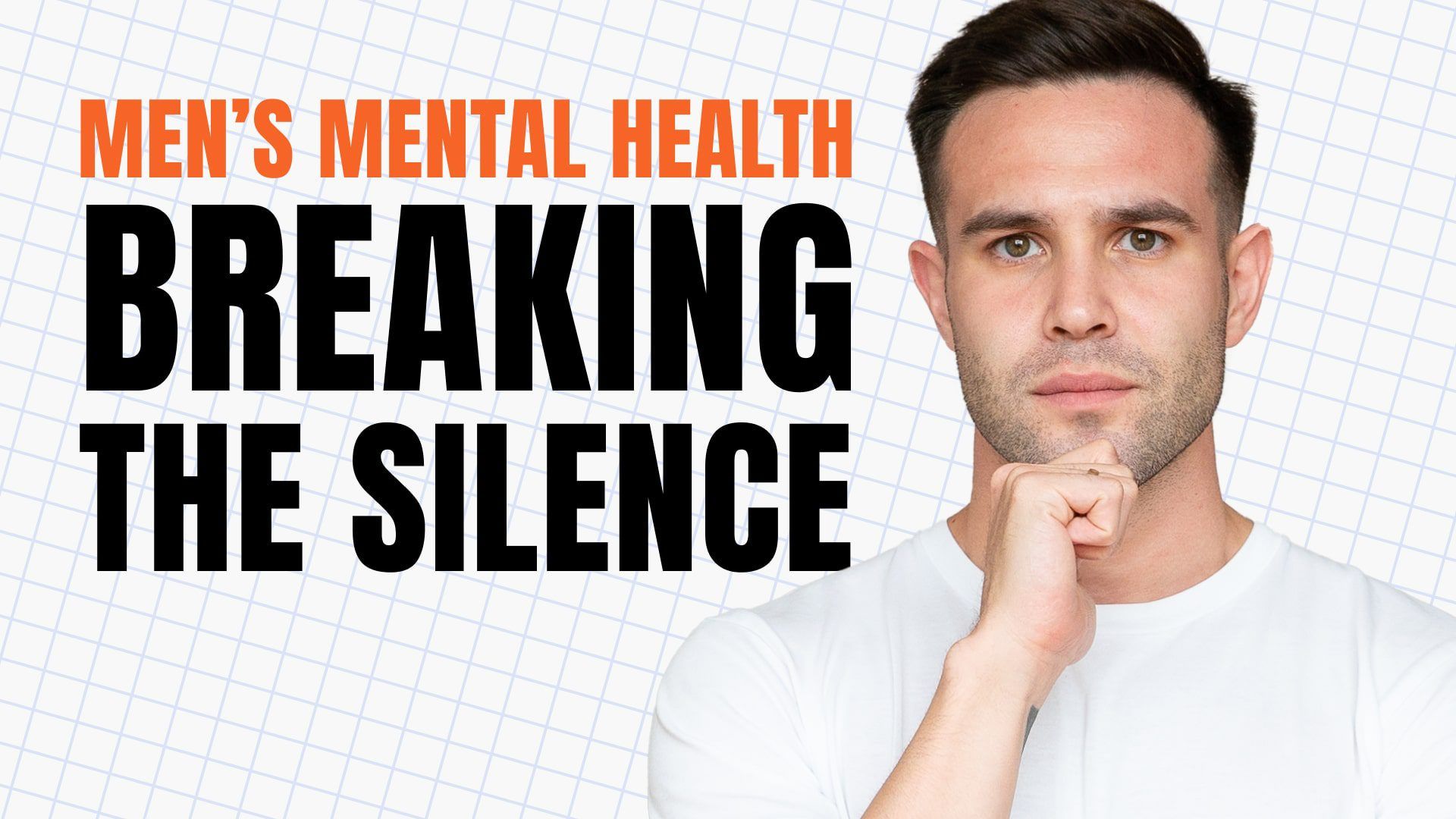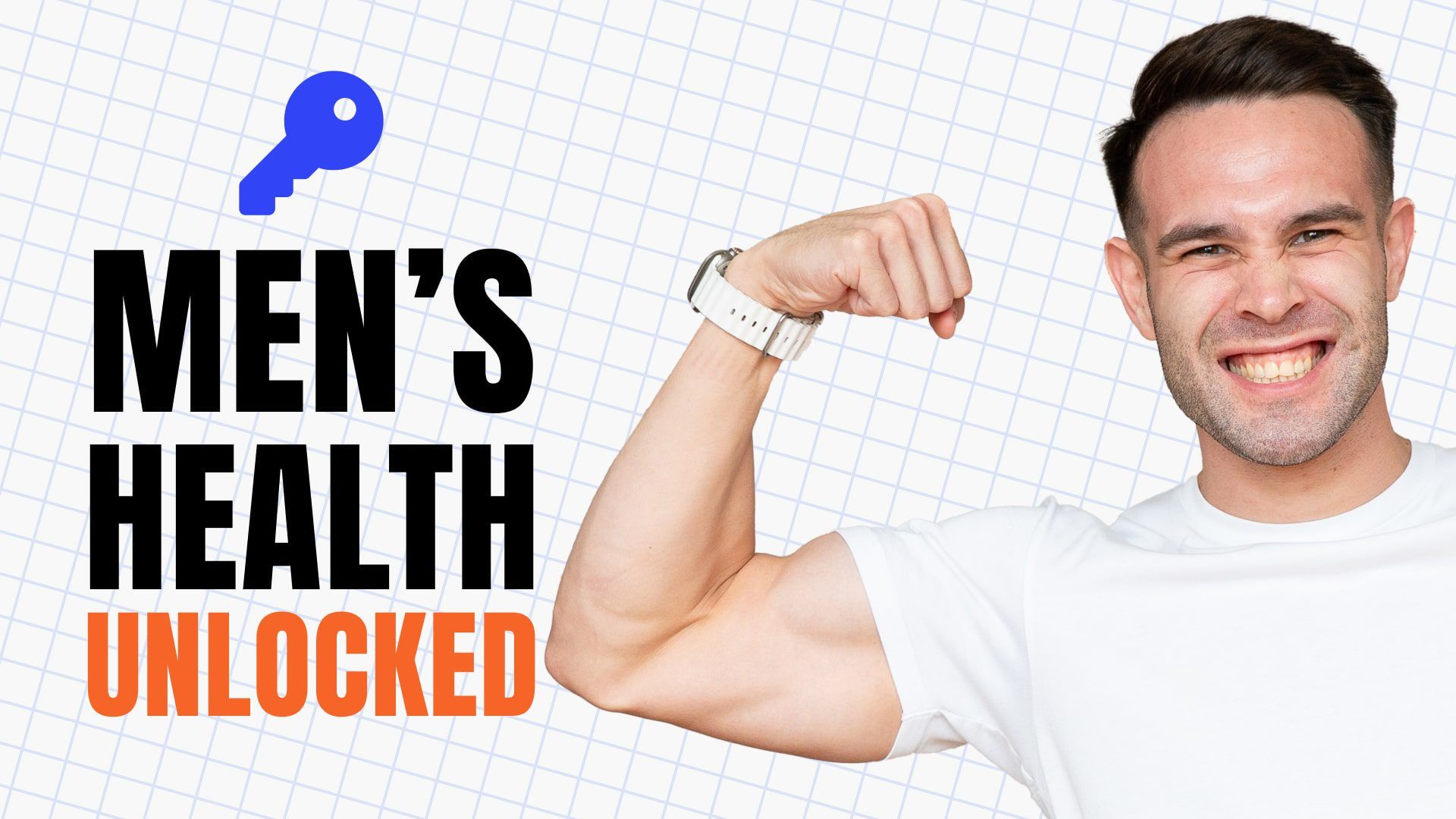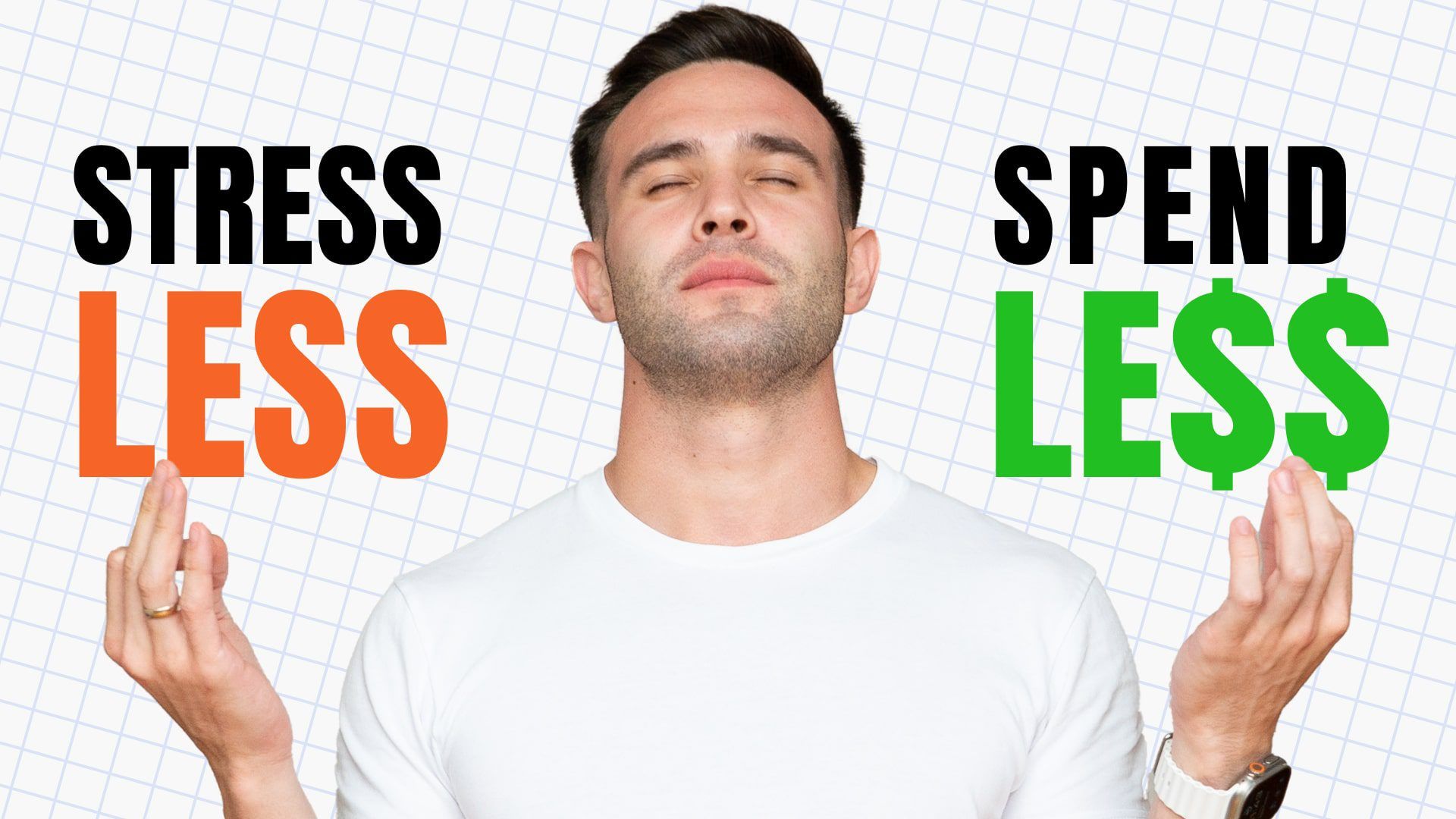
Understand Your Body Type: Body Type Calculator + Guide
Table of contents
In this article, you will learn…
Understanding your body shape is more than just knowing your measurements; it’s about recognizing the unique distribution of your body’s fat and muscle.
This article will guide you through the Body Type Calculator, explain how it works, and show you how to interpret your results.
You’ll learn about different body shapes, their characteristics, and how to use this information to make better decisions for your health, fitness, and fashion choices.
Key Takeaways
- Personalized Assessment: The Body Type Calculator provides a personalized analysis based on your bust, waist, high hip, and hip measurements.
- Accurate Body Shape Identification: The tool identifies your body shape using precise calculations, helping you understand your natural form better.
- Waist-Hip Ratio (WHR) Insights: You’ll discover your Waist-Hip Ratio (WHR), a crucial metric linked to health risks and body shape classification.
- Practical Applications: Learn how to use your body shape information to tailor your fitness routines, diet plans, and even your wardrobe for better results and confidence.
What is a Body Type Calculator?
The Body Type Calculator is an online tool designed to help you determine your body shape based on specific measurements: bust, waist, high hip, and hip size.
By entering these measurements, the calculator provides an accurate analysis of your body type, which can be used for various purposes, including health assessments, fitness planning, and even fashion advice.
How Does the Body Type Calculator Work?
The calculator uses a simple but effective formula to assess your body shape:
- Measurement Input: You provide four key measurements: bust, waist, high hip, and hip sizes.
- Waist-Hip Ratio (WHR) Calculation: The calculator determines your Waist-Hip Ratio (WHR) by dividing your waist measurement by your hip measurement. This ratio is crucial in defining your body shape and understanding potential health risks.
- Body Shape Classification: Based on your measurements and WHR, the calculator categorizes your body into one of the following shapes: Hourglass, Inverted Triangle, Triangle, Spoon, Top Hourglass, Bottom Hourglass, or Rectangle.
Understanding Different Body Shapes
Each body shape has unique characteristics, which can influence your health, fitness, and fashion choices:
- Hourglass: Characterized by a balanced bust and hip size with a significantly smaller waist. This shape is often considered the most proportionate and is associated with a lower WHR.
- Inverted Triangle: Here, the bust is wider than the hips, creating a top-heavy appearance. Individuals with this shape might focus on exercises that balance the lower body.
- Triangle (Pear): The hips are wider than the bust, giving a bottom-heavy appearance. A fitness routine might focus on upper body strength to create a more balanced silhouette.
- Spoon: Similar to the triangle, but with a more pronounced hip and high hip size compared to the waist. This shape often benefits from exercises that emphasize the upper body and core.
- Top Hourglass: Like the hourglass but with a slightly larger bust compared to hips, maintaining a narrow waist.
- Bottom Hourglass: Similar to the hourglass, but with slightly wider hips than bust, emphasizing lower body strength.
- Rectangle: The bust, waist, and hips are nearly the same size, giving a more straight-up-and-down appearance. This shape might focus on defining the waist and building curves through targeted exercises.
Why Waist-Hip Ratio (WHR) Matters
The Waist-Hip Ratio is more than just a number—it’s a key indicator of health risks associated with body fat distribution.
Research has shown that individuals with a higher WHR (indicating more abdominal fat) are at a greater risk for cardiovascular diseases and type 2 diabetes.
Understanding your WHR can help you make informed decisions about your health and fitness.
- Low WHR: Typically associated with the hourglass and pear shapes, a lower WHR often indicates a healthier fat distribution.
- High WHR: Often found in apple shapes or those with more abdominal fat, a higher WHR can signal a need for lifestyle changes to reduce health risks.
How to Use the Body Type Calculator
Using the Body Type Calculator is straightforward, whether you are using US or Metric units. Follow these steps to determine your body type:
- Select Your Unit of Measurement: Choose between US units (inches) or Metric units (centimeters) based on your preference.
- Enter Your Measurements:
- Bust Size: Measure around the fullest part of your bust.
- Waist Size: Measure around the narrowest part of your waist.
- High Hip Size: Measure around the top part of your hips, just below the waistline.
- Hip Size: Measure around the fullest part of your hips.
- Calculate: After entering all your measurements, click the “Calculate” button. The calculator will process your data and display your body shape, along with your Waist-Hip Ratio (WHR).
- Interpret the Results: The results will tell you your body type and WHR. Use this information to understand more about your body and how you can tailor your health, fitness, and fashion choices to suit your shape.
Practical Applications of Knowing Your Body Shape
Understanding your body shape offers several practical benefits:
- Fitness Planning: Knowing your body type can help you create a more effective workout routine. For example, if you’re a Triangle, you might focus on upper body exercises to create balance, while an Inverted Triangle might concentrate on lower body strength.
- Health Awareness: Your WHR can signal potential health risks. For example, a higher WHR might indicate a need to focus on cardiovascular health and reducing abdominal fat.
- Fashion and Style: Dressing for your body type can enhance your appearance and boost your confidence. Knowing your shape helps you choose clothing that flatters your figure, whether you’re aiming to accentuate your curves or create a more balanced silhouette.
- Personalized Nutrition: Some body shapes may benefit from specific dietary adjustments. For instance, individuals with a higher WHR might focus on a diet that supports fat loss, especially around the abdomen.
- Goal Setting: Understanding your body type can help you set realistic and personalized fitness and health goals. For instance, if you know you have a Rectangle shape, you might aim to build more muscle to create curves.
Myths & Common Misconceptions
There are many myths surrounding body shapes that can lead to misunderstanding and misapplication of this knowledge:
Myth 1: One Body Shape is Better Than Others: There is no “ideal” body shape. Each body type has its own beauty and potential, and the goal should be to maximize health and confidence, not to fit into a specific category.
Myth 2: You Can Change Your Body Shape: While you can enhance your figure through diet and exercise, your fundamental body shape is determined by genetics. Instead of trying to change your body type, focus on optimizing your health and appearance within your natural shape.
Myth 3: Body Shape Determines Your Health: While body shape can provide insights into health risks, it’s not the sole determinant. Factors like diet, exercise, and lifestyle play a significant role in your overall health.
FAQ
What measurements are needed to determine my body shape?
To determine your body shape, you need to measure your bust, waist, high hip, and hip sizes. These measurements are used to calculate your Waist-Hip Ratio (WHR) and classify your body type.
How do I measure my body correctly for accurate results?
To measure accurately:
- Bust: Measure around the fullest part of your chest.
- Waist: Measure around the narrowest part of your waist, usually just above your belly button.
- High Hip: Measure around the upper part of your hips, just below the waistline.
- Hip: Measure around the fullest part of your hips.
Make sure the tape measure is level and snug but not too tight.
What is the Waist-Hip Ratio (WHR), and why is it important?
The Waist-Hip Ratio (WHR) is a measurement that compares the size of your waist to the size of your hips. It’s important because it can indicate your risk for certain health conditions. A higher WHR, indicating more abdominal fat, is associated with an increased risk of cardiovascular diseases and type 2 diabetes.
Can I change my body shape through diet and exercise?
While you can’t fundamentally change your body shape, you can enhance certain features through diet and exercise. For example, strength training can build muscle in specific areas, helping to balance your proportions.
How often should I check my body shape?
You can check your body shape whenever you notice significant changes in your weight or measurements. It’s also a good idea to reassess your body shape if you’ve made changes to your diet or exercise routine.
Is one body shape healthier than others?
No body shape is inherently healthier than another. However, certain shapes, like those with a higher Waist-Hip Ratio, may have a higher risk for specific health conditions. Regardless of body shape, maintaining a healthy lifestyle is crucial.
Can men use the Body Type Calculator?
Yes, men can use the Body Type Calculator, although the focus is often on women’s body shapes. The calculator can help men understand their body type and WHR, which can be useful for fitness and health planning.
What should I do if my body shape changes over time?
If your body shape changes, it could be due to weight loss, muscle gain, or other factors. Reassessing your measurements can help you update your fitness or health plan to reflect your current needs and goals.
How does body shape affect my choice of clothing?
Your body shape can guide you in choosing clothing that flatters your natural figure. For example, hourglass shapes might opt for fitted clothing that accentuates the waist, while rectangle shapes might choose styles that add curves.
What are the limitations of the Body Type Calculator?
The Body Type Calculator is a useful tool, but it has limitations. It doesn’t account for factors like muscle mass or bone structure, and it’s based on average body shapes, which might not fully capture individual variations.
Can body shape predict my risk for health conditions?
While body shape and WHR can provide insights into health risks, they are not definitive predictors. Other factors like overall fitness, diet, and genetic predispositions also play a crucial role in your health.
Is the Body Type Calculator suitable for all ages?
Yes, the Body Type Calculator can be used by individuals of all ages, but it’s important to note that body shape can change with age due to factors like hormonal changes, muscle loss, or weight gain.
Conclusion
This article provided a detailed overview of the Body Type Calculator, including how it works, what measurements are needed, and how to interpret the results.
We discussed the importance of understanding your body shape for health, fitness, and fashion, and addressed common misconceptions and frequently asked questions.
Final Thoughts
Understanding your body shape can empower you to make informed decisions about your health, fitness, and style.
By using the Body Type Calculator, you can gain valuable insights into your body and take steps to optimize your well-being and confidence.
For more health and wellness tools and tips, explore my blog and connect with me on social media.
Works Cited and Relevant Links
- Wells, J. C. K., Treleaven, P., & Cole, T. J. (2007). BMI compared with 3D body shape: the UK National Sizing Survey. American Journal of Human Biology, 19(1), 15-22.
- WHO. (2008). Waist Circumference and Waist-Hip Ratio: Report of a WHO Expert Consultation, Geneva, 8-11 December 2008. World Health Organization.
- Leahy, S., O’Neill, C., Sohun, R., & Jakeman, P. (2013). Generalised equations for the prediction of body density and fat percentage in adults: a comparison of measures. British Journal of Nutrition, 109(7), 1235-1244.
- Sheldon, W. H. (1940). The Varieties of Human Physique: An Introduction to Constitutional Psychology. Harper & Brothers.
- Cornelissen, P. L., Hancock, P. J. B., Kiviniemi, V., George, H. R., & Tovée, M. J. (2009). Patterns of eye movements when male and female observers judge female attractiveness, body fat, and waist-to-hip ratio. Evolution and Human Behavior, 30(6), 417-428.
I am not a doctor, fitness coach, nutritionist, or trained health professional. The information I share is based on my personal experience, self-research, and insights from working with health and wellness professionals. My content is for informational and entertainment purposes only and is not intended as health advice.
Always consult with your healthcare provider before making any significant changes to your health routines or treatments. I am not liable for any actions taken based on this information.
Your well-being is my top priority. Stay healthy and take care!










Leave a Reply